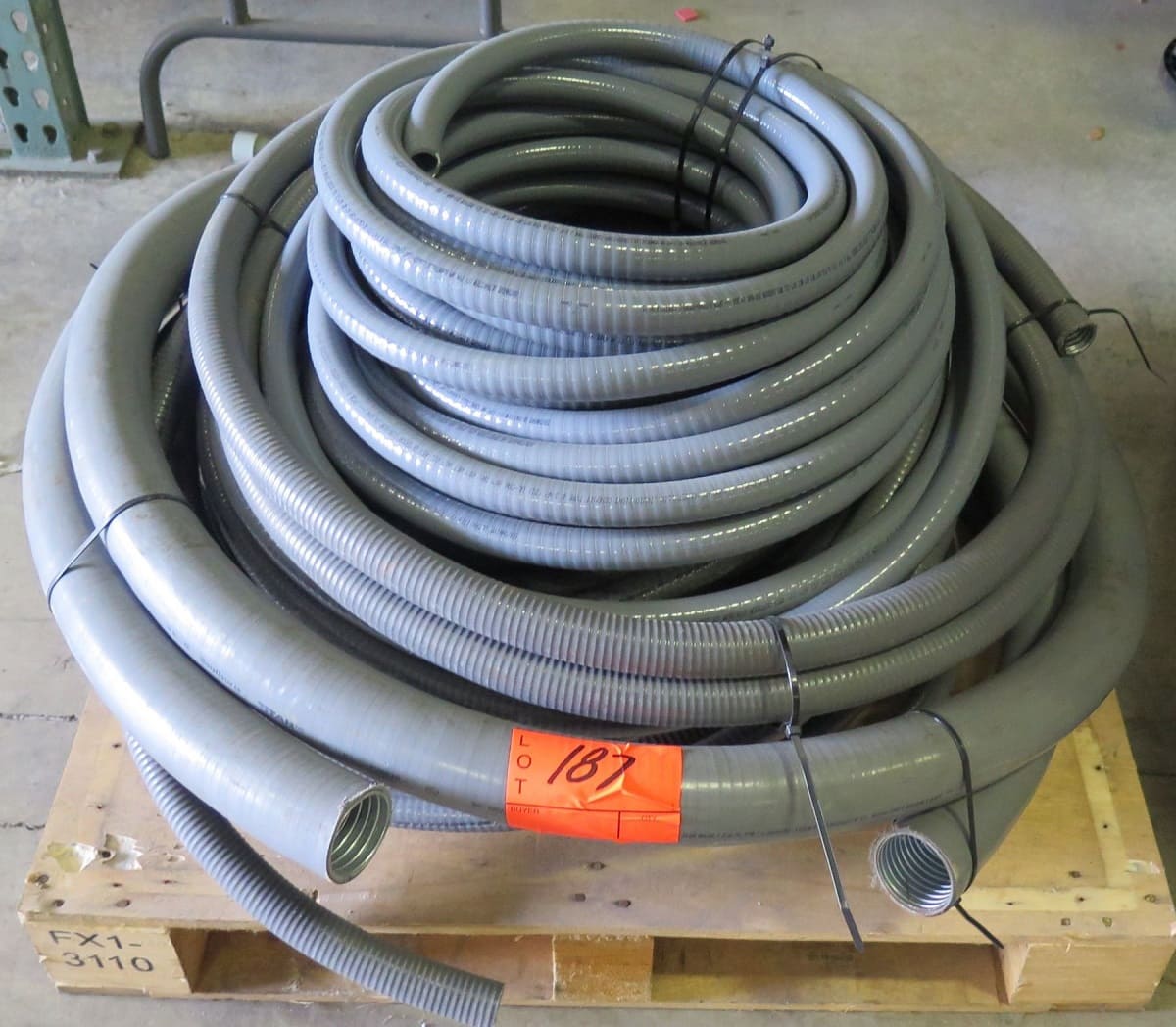

Articles
How To Determine Conduit Size
Modified: January 8, 2024
Learn the essentials of determining conduit size for your electrical projects with our comprehensive articles. Gain confidence in your wiring installations.
(Many of the links in this article redirect to a specific reviewed product. Your purchase of these products through affiliate links helps to generate commission for Storables.com, at no extra cost. Learn more)
Introduction
Welcome to our comprehensive guide on how to determine the correct conduit size. Whether you’re embarking on a new electrical installation project or making modifications to an existing system, understanding conduit size is essential. Conduits play a crucial role in protecting and organizing electrical wiring, ensuring proper insulation and preventing damage. Choosing the right size conduit is imperative for the safe and efficient operation of your electrical system.
In this article, we will explore the various factors you need to consider when determining conduit size. We’ll also provide you with a calculation method that will help you make informed decisions. Additionally, we will highlight some common conduit sizes to give you a better understanding of the available options. Let’s dive in!
Key Takeaways:
- Choosing the correct conduit size is crucial for safe and efficient electrical installations. Consider factors like wire number, size, bend radius, and future expansion to make informed decisions.
- Calculating conduit size involves considering wire fill capacity and cross-sectional area. Consulting professionals and referring to NEC guidelines ensures compliance and safety.
Read more: How To Determine Bathtub Size
Understanding Conduit Size
Before we delve into the factors that determine conduit size, let’s first understand what conduit size refers to. Conduit size is the measurement of the inner diameter of a conduit, which accommodates the electrical wires or cables that pass through it. It is crucial to select the appropriate conduit size to ensure that the wires fit without being compressed or obstructed, while also allowing room for future expansions or modifications.
Conduit sizes are typically determined using inch measurements. The most common sizes available range from 1/2 inch to 6 inches, with larger sizes available for specific industrial and commercial applications. The size you choose will depend on the amount and type of wiring being installed.
It’s important to note that conduit size doesn’t directly correspond to wire size. The National Electrical Code (NEC) provides guidelines on the maximum number of wires or cables that can be safely installed within a conduit based on their size and insulation type. These guidelines ensure that the wires have adequate space for heat dissipation and prevent excessive heat buildup that could potentially lead to a fire hazard.
Now that we have a basic understanding of conduit size, let’s explore the factors that should be taken into consideration when determining the correct size for your electrical installation.
Factors to Consider
When determining the appropriate conduit size for your electrical installation, several factors need to be taken into consideration. These factors include:
- The Number of Wires: One of the primary factors that influence conduit size is the number of wires or cables that will be running through it. The NEC provides guidelines on the maximum fill capacity of conduits to prevent overcrowding and ensure proper airflow for heat dissipation. It’s important to check these guidelines to determine the correct conduit size based on the number and size of wires you plan to install.
- The Type and Size of Wires: The size and type of wires or cables being used in your electrical installation will also affect the conduit size. Different wire sizes and insulation types have specific requirements for spacing and fill capacities. Ensure that you are aware of the specifications for the wires you are using and select a conduit size that meets these requirements.
- Bend Radius: The bend radius refers to the minimum radius at which a conduit can be safely bent without damaging the wires inside. It’s essential to choose a conduit size that allows for proper bending and minimizes the risk of kinks or sharp bends that could potentially damage the wires.
- Future Expansion: It’s wise to consider future expansions or modifications when determining conduit size. Selecting a slightly larger conduit than currently required can allow room for additional wires or cables that may be needed in the future. This way, you can avoid the need for costly and time-consuming conduit replacements.
- Environmental Factors: Consider any environmental factors that may impact your electrical installation. For example, if the installation will be exposed to extreme temperatures or corrosive substances, you may need to choose a conduit size that can accommodate additional insulation or protective coatings.
By taking these factors into account, you can ensure that you choose the correct conduit size that meets the needs of your electrical installation both now and in the future.
When determining conduit size, consider the number and size of the conductors, the type of insulation, and any future expansion needs. Use the NEC or consult with a qualified electrician for guidance.
Calculation Method
Calculating the correct conduit size for your electrical installation involves a straightforward method that considers the maximum fill capacity of the conduit based on the number and size of wires. Here’s a step-by-step guide on how to calculate the conduit size:
- Determine the total area required for the wires: Start by calculating the total area required for the wires that will be running through the conduit. You can find these values in the NEC wire fill tables, which provide information on the maximum number of wires allowed in a given size conduit.
- Measure the cross-sectional area of the conduit: Next, measure the inside diameter of the conduit and calculate its cross-sectional area. This can be done using the formula A = πr^2, where A is the cross-sectional area and r is the radius of the conduit.
- Multiply the cross-sectional area by the conduit fill ratio: The conduit fill ratio is the percentage of the conduit that can be filled with wires. Refer to the NEC wire fill tables to determine the appropriate ratio for the type and size of wires being used. Multiply the cross-sectional area of the conduit by the fill ratio to get the maximum fill area.
- Compare the maximum fill area with the total area required: Finally, compare the maximum fill area with the total area required for the wires. If the maximum fill area is equal to or greater than the total area required, then the conduit size is sufficient. If the maximum fill area is less than the total area required, you will need to choose a larger conduit size that can accommodate the wires without exceeding its fill capacity.
It’s important to note that calculating conduit size is not a one-size-fits-all approach. The type and application of your electrical installation may have additional considerations and requirements. Consulting with a professional electrician or referring to the NEC guidelines can provide you with more accurate and specific calculations for your particular installation.
Following this calculation method will help ensure that you select the correct conduit size to accommodate your wires while maintaining compliance with safety standards and regulations.
Common Conduit Sizes
There are several common conduit sizes available, ranging from 1/2 inch to 6 inches, that are commonly used in residential, commercial, and industrial electrical installations. Here are some of the most frequently used conduit sizes:
- 1/2 inch: This is the smallest conduit size and is commonly used for individual branch circuits or in applications where only a few wires need to be routed.
- 3/4 inch: This conduit size is a popular choice for residential electrical installations and is suitable for running multiple wires or cables in a single conduit.
- 1 inch: The 1 inch conduit size is commonly used in commercial settings or larger residential installations where more wires and cables need to be accommodated.
- 1-1/4 inch: This size is often used for high voltage or commercial applications where larger wires or cables need to be routed.
- 1-1/2 inch: The 1-1/2 inch conduit size is suitable for larger commercial or industrial installations where a significant amount of wires or cables need to be housed.
- 2 inches and larger: Conduit sizes 2 inches and above are typically used for industrial or heavy-duty applications where large bundles of wires or cables are required.
It’s important to note that the appropriate conduit size for your specific application may vary based on the factors previously mentioned, such as the number and size of wires, bend radius requirements, and future expansions.
Consulting with a professional electrical contractor or referring to the NEC guidelines can help you determine the best conduit size for your specific needs and ensure compliance with safety standards and regulations.
Read more: How To Determine Electrical Wire Size
Conclusion
Determining the correct conduit size is a crucial step in any electrical installation project. Choosing the right size conduit ensures the safe and efficient routing of wires while allowing room for future expansions or modifications. By considering factors such as the number of wires, wire size, bend radius, future expansion, and environmental factors, you can make an informed decision about the conduit size that is suitable for your specific application.
Using the calculation method outlined in this article, you can accurately determine the conduit size by considering the maximum fill capacity and the total area required for the wires. This calculation method, along with consulting with professionals and referring to the NEC guidelines, will help you select the appropriate conduit size that meets safety standards and regulatory requirements.
Remember that there are common conduit sizes available, ranging from 1/2 inch to 6 inches, each with its own applications and usage scenarios. Choosing the right conduit size depends on the specific project requirements and the amount of wiring that needs to be accommodated.
Whether you’re working on a residential, commercial, or industrial project, always prioritize safety and adherence to electrical codes and regulations. Consulting with a professional electrician or electrical contractor is highly recommended to ensure proper conduit sizing and to address any specific considerations unique to your installation.
In conclusion, understanding conduit size and following the appropriate steps to determine the correct size will help you create a safe and efficient electrical installation. By carefully considering the factors involved and using the calculation method outlined, you can select the right conduit size for your project and set the foundation for a successful electrical system.
Frequently Asked Questions about How To Determine Conduit Size
Was this page helpful?
At Storables.com, we guarantee accurate and reliable information. Our content, validated by Expert Board Contributors, is crafted following stringent Editorial Policies. We're committed to providing you with well-researched, expert-backed insights for all your informational needs.

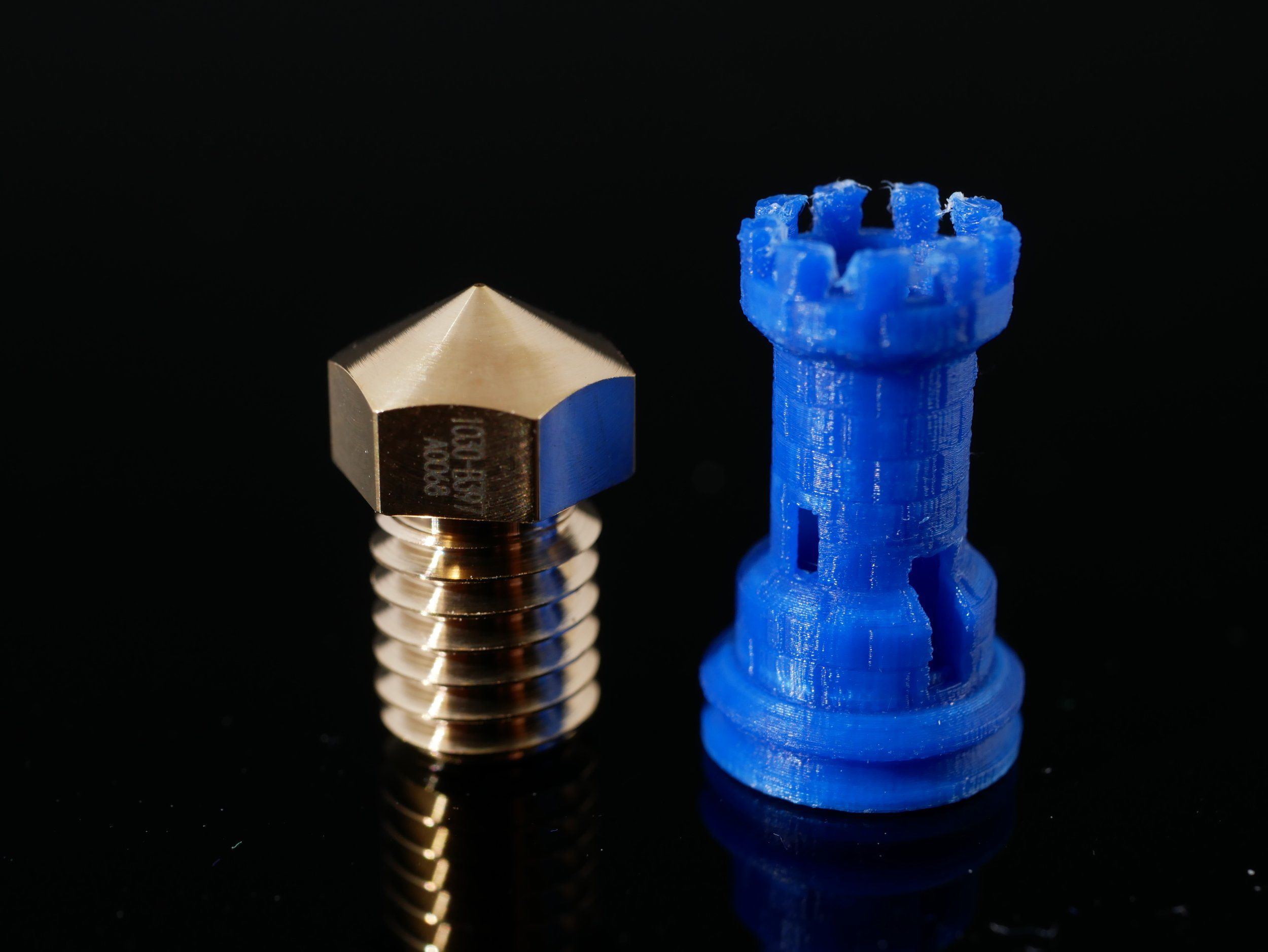
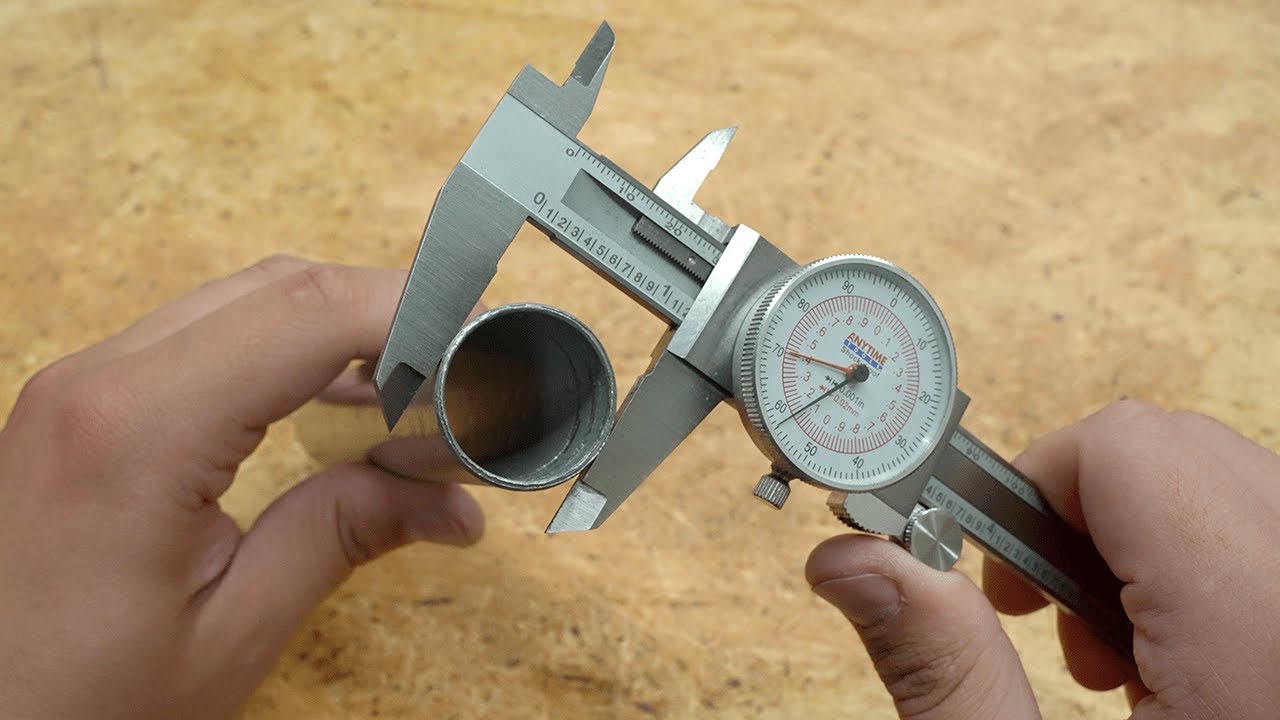




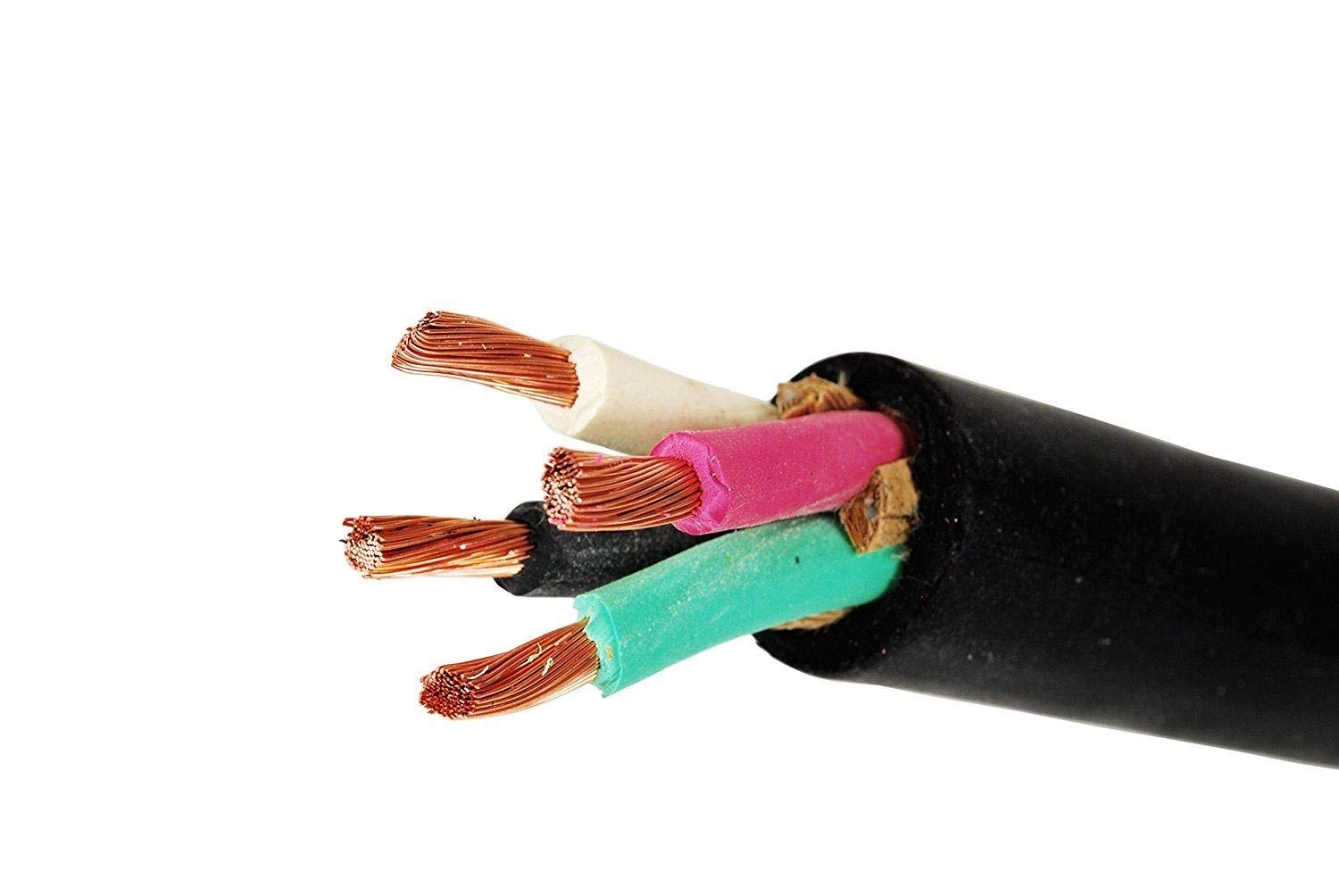

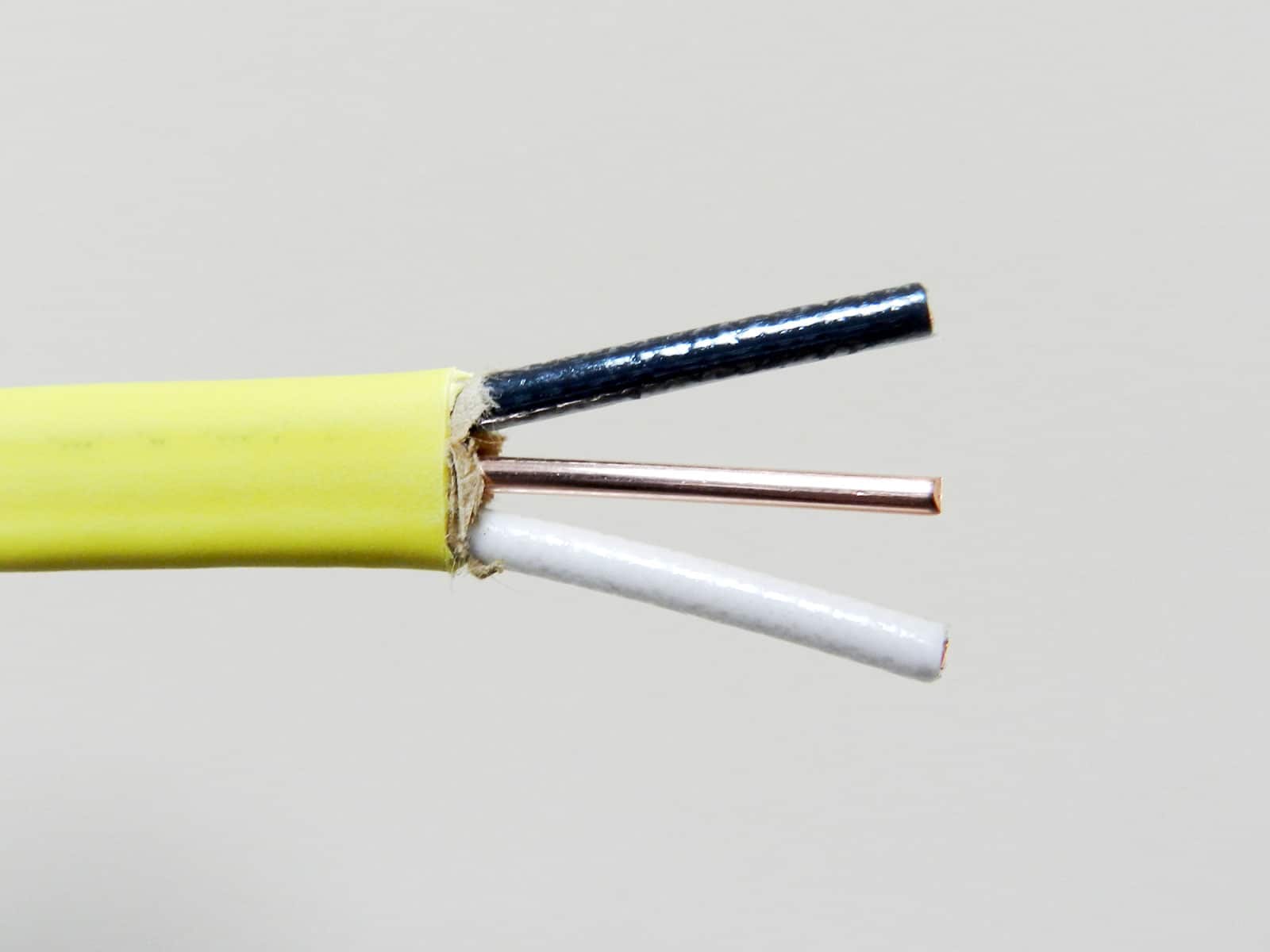

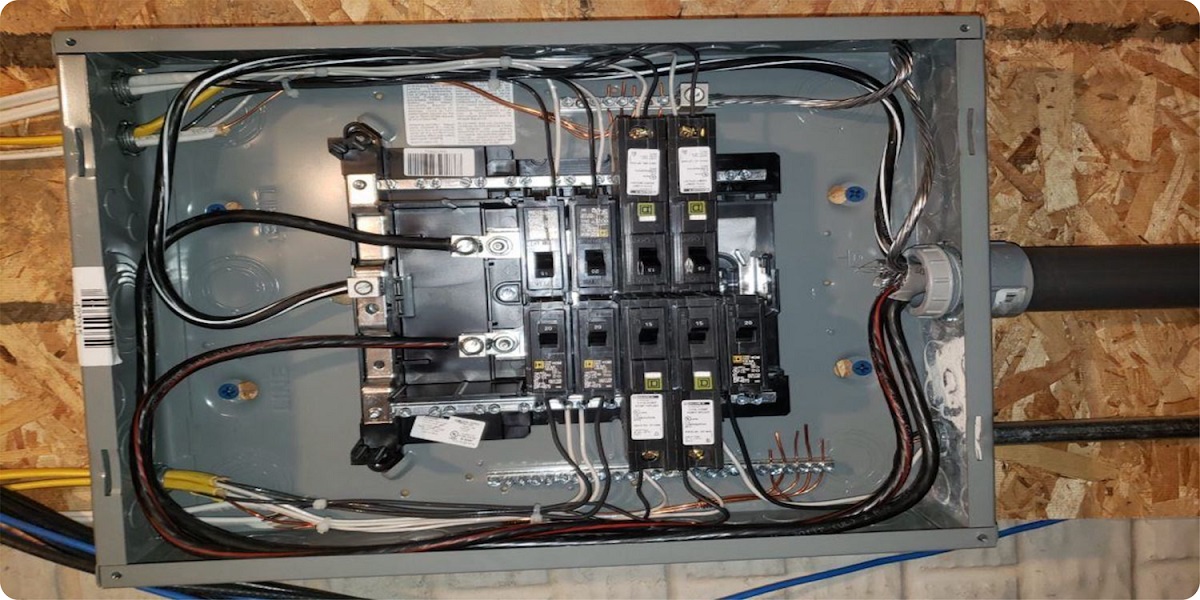
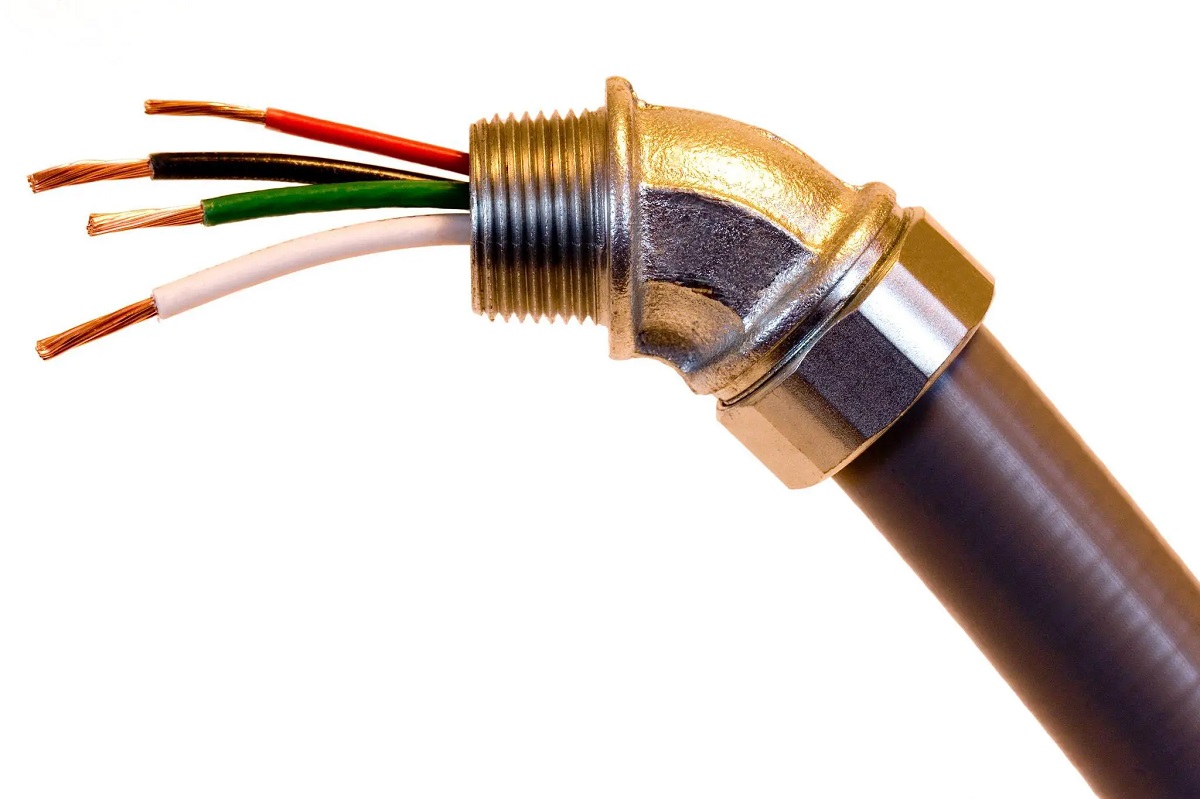
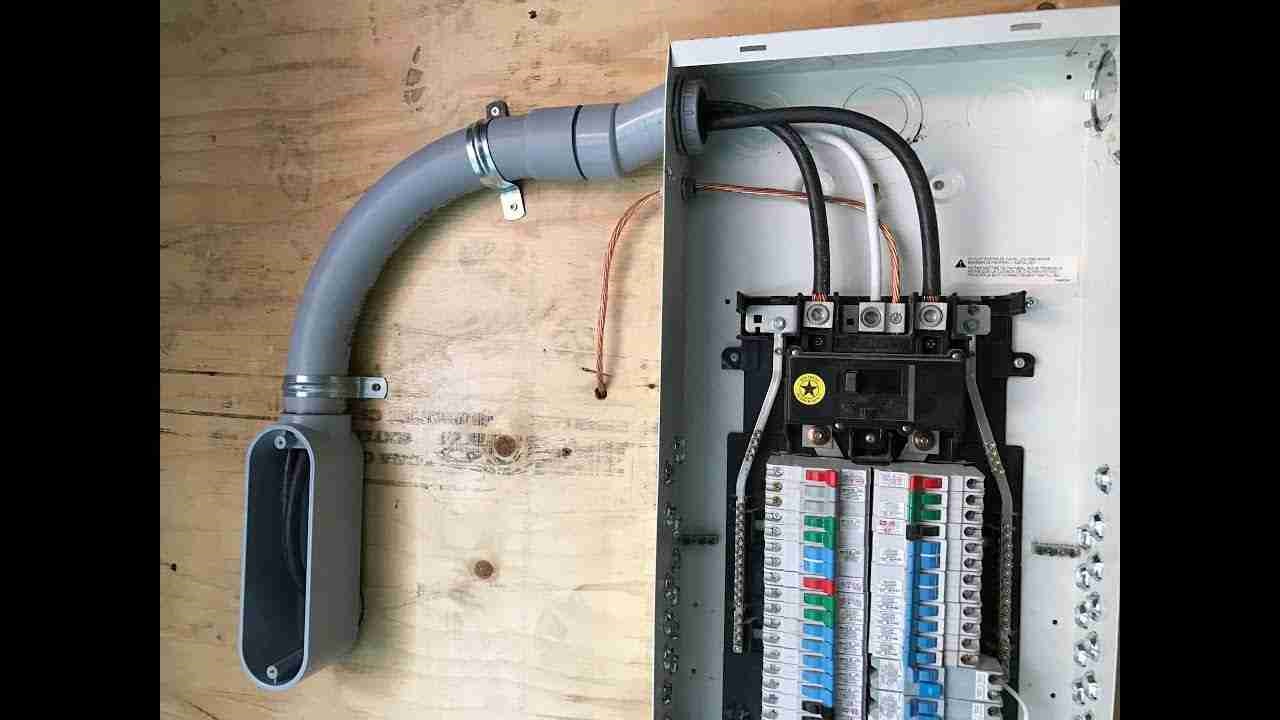

0 thoughts on “How To Determine Conduit Size”